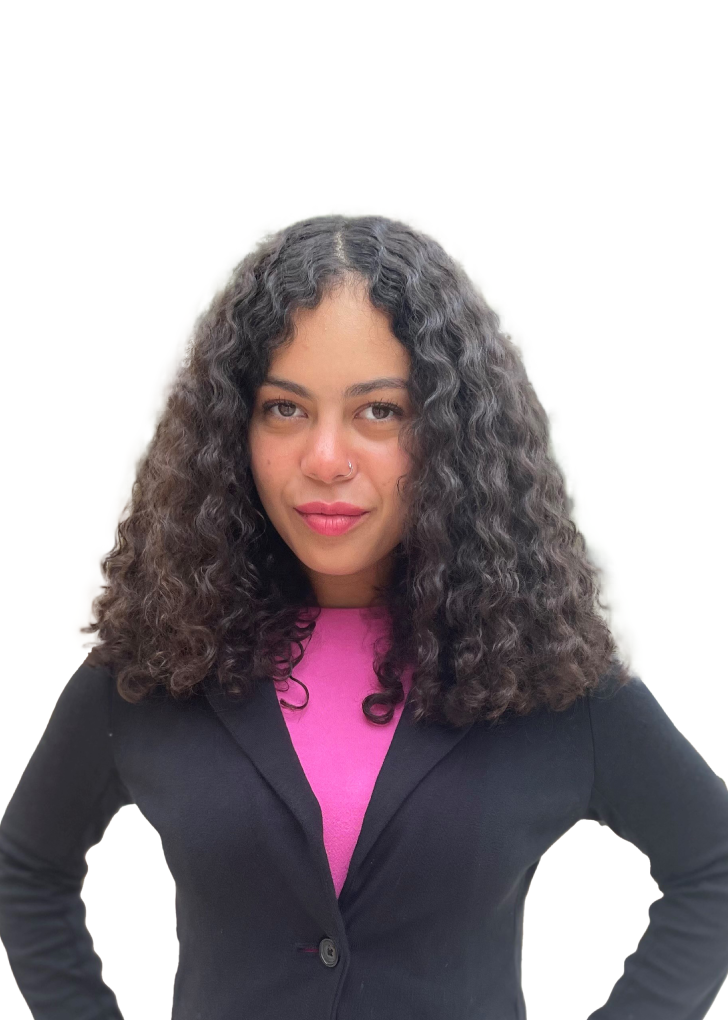
A bill recently passed in the Florida Legislature could help address a key shortfall highlighted in a new national report about foster youth ages 14 to 21.
The Annie E. Casey Foundation released a data brief this week titled “Fostering Youth Transitions 2023.” it focuses on those older foster youth, especially as they prepare to transitioned to living on their own.
The data goes up through 2021 and compares the youth and the services they have received over the previous 15 years for the U.S. and individual states. It notes that overall there are fewer of these youth in foster care.
The report finds that in the U.S. fewer than half of those foster youth were receiving any federally funded transition services between 2013 and 2021. In Florida, only 35% got that help.
“The report does, I think, highlight that Florida is on the right path serving youth transitioning to adulthood,” said Geori Berman Seldine, executive director of Florida’s Children First, a child advocacy organization. “But it does highlight that there needs to be some improvement in policy reform.”
Senate Bill 272, which passed the Legislature last week and is awaiting the governor’s signature, is part of that reform.
“So this law will require that young people learn about the rescoures and laws that protect foster youth every six months in an age-appropriate way,” Seldine said.
She said Florida Youth SHINE, an advocacy organization of youth in or recently out of Florida’s child welfare system, has pushed for that legislation since 2018.
The Annie E. Casey report also shows that, after foster care, a greater percentage of Florida’s 21-year-olds were getting jobs than they were in 2015. But fewer were getting an education past high school and fewer had stable housing.
Seldine said housing is a major challenge now for foster youth leaving the system and that the next data brief will likely show that.
In responding to the report, the Department of Children and Families said in a statement that its independent living programs offer youth “support and services on their journey into adulthood.”
DCF also has a newly established Office of Continuing Care to assist former foster youth through age 26.
“Young adults who decide they are ready to venture out on their own can decide at any time to reenter and request support through the Hope Line at 850-300-HOPE,” the statement says.
The Annie E. Casey Foundation emphasizes that nearly half — 48% — of the youth in its report entered foster care due to neglect, up from 29% in 2006. It reports that America’s child welfare systems find families for fewer than half of teens and young adults in foster care.
The foundation argues for addressing the underlying issues of poverty and focusing on families and communities — as a way to counter that neglect.
It also urges strengthening child welfare agencies and improving the services that young adults receive as they leave the system, including “stable housing, postsecondary education and employment.”
Copyright 2023 WMFE. To see more, visit WMFE.

